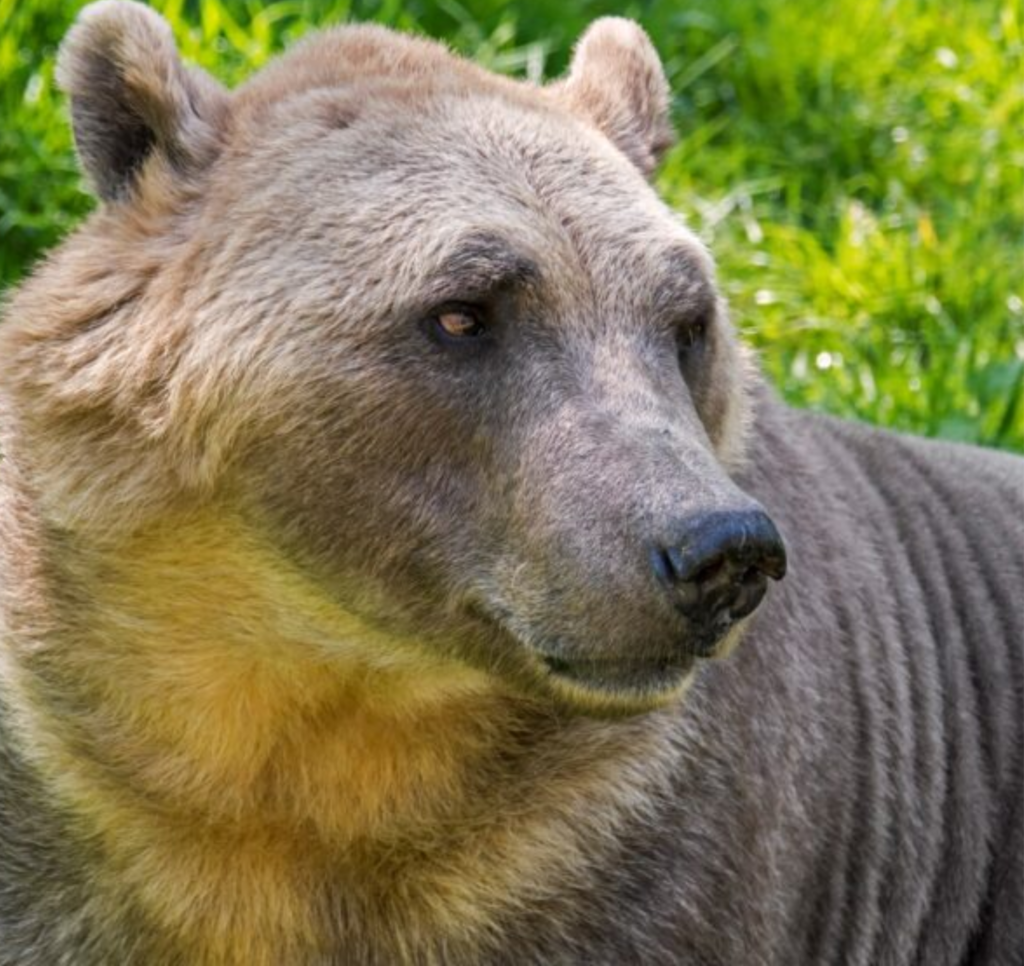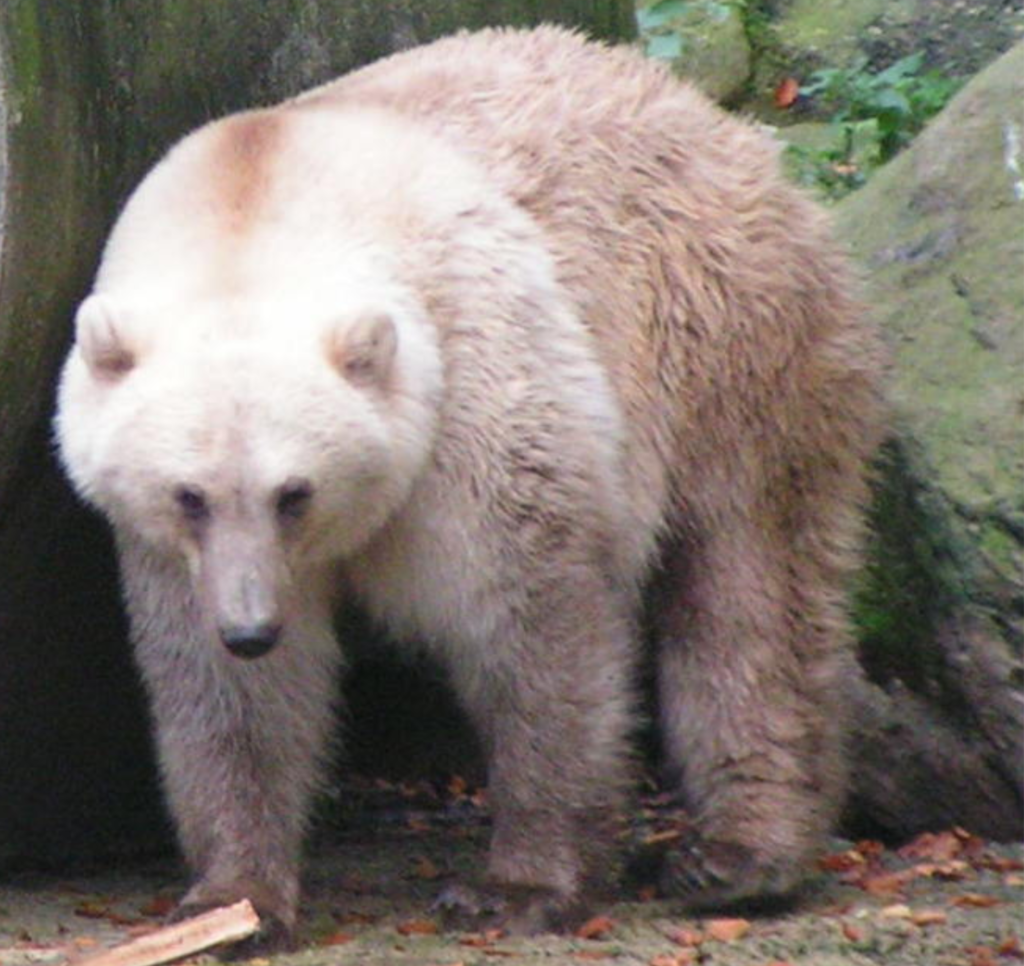It’s national polar bear week which means we have a polar bear-themed not-so-romantic blog. Here are my favourite facts about Polar bears.
I don’t know about you but I’ve always fancied giving a polar bear a big hug. Sure, they’d rip me to shreds and make me look like paper which has just been through a shredder. But I bet it would be my most snuggly hug ever.
A hug to die for some might say… hahaha. Actually, that’s not funny. Don’t laugh at that!
Polar bears live mostly in the Artic circle in the northern region of Earth. They are found in Canada, Alaska, Russia, Greenland and Norway.
largest land carnivore
Most bears are omnivores- which means they eat a mixture of fruit and meat. But polar bears are carnivores which means they exclusively only eat meat. If they were to eat plants they wouldn’t be able to digest them properly. Be sure not to leave your ham sandwich unattended when polar bears are around. Your salad pizza should be safe though.
Polar Bears are the largest land carnivore with some of the largest being nearly 2 and a half metres long and weighing up to 800 kilograms.

they aren’t white
Polar bears are famous for their white coats. These coats help them camouflage so they can remain hidden and sneak up on their prey. But did you know that polar bears’ skin is actually black? Well, you do now- you’re welcome.
polar bears have great stamina
Polar bears are on the move a lot, hunting food, strutting their stuff, and trying to find where they left their white underpants- so they have to be able to maintain high levels of energy. I’ll talk about it in a couple of points but they can swim for an insane length of time without having to stop to have a rest.
time for a snack
The Polar bear’s diet mostly consists of seals.
They hunt these seals by lurking near holes in the ice, sneaking up on resting seals and even breaking into seal babies- or pups as they’re known- houses. Pretty brutal.
They are what we call opportunist hunters. So if they come across another mammal like a bird they will eat that as well.
swimming champions
Polar bears are incredible swimmers. They have slightly webbed paws and are expert holders of their breath. They use their swimming ability to get between the smaller frozen blocks of ice.
Not only are they great swimmers but can run at 25 miles per hour as well- and that’s over ice and snow!

Debby
On average a polar bear will live up to 30 years old. The oldest polar bear to have ever lived was called Debby and lived to the age of 41. She lived in a Canadian zoo. I also want to extend my compliments to whoever named her Debby- what a great name.
There are not that many left
Sadly, there are around 26,000 which might sound like a lot but sadly that number is dropping every year. You won’t be surprised to know that this is largely down to climate change. As the Earth heats up the ice caps are melting. The artic is actually warming twice as fast as the rest of the planet.
As the sea ice melts the gaps between the little islands of ice become further apart. This means when polar bears swim they have to swim further. Some become exhausted and drown.
It also means there is less food for them to eat, so they have to go longer without eating which means many of them will starve.
It is thought that Polar bears could be extinct by 2100 due to starvation.
Hybrid polar bears
In true entertainment style, I’ve saved the best of my facts about polar bears until the end.
Around 600,000 years ago (somewhere in the ice age) polar bears began to evolve from brown bears, there is actually some evidence that suggests that the group of brown bears which eventually became the polar bear ancestors originally came from Ireland.
Some polar bears have actually started breeding with grizzly bears and because of their ancestral connection, their offspring can survive. I promise I’m not joking, but these hybrid polar and grizzly bears are called “Pizzly bears”.
These bears are thought to be better suited to climate change due to being able to forage and eat a wider range of food.
They can also be called Grolar bears, zebra bears, grizzlar or Nanulak- I’m 100% not making that up, they’re real names for them. What do you think they should be called?


what to read next
If you’ve enjoyed these fun facts about polar bears then check out one of these linked blogs which you will hopefully also enjoy.
